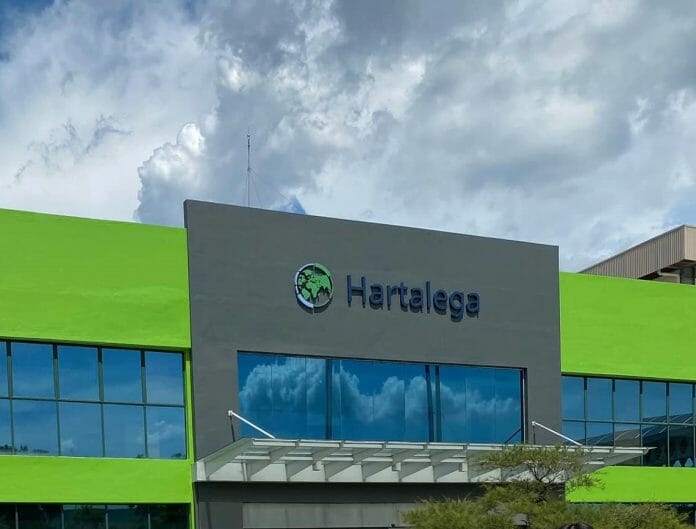Hartalega Holdings Bhd reported a net profit of RM259.06 million for its third quarter ended Dec 31, 2021 (3QFY22) from RM1 billion a year prior to that. Revenue also declined by to RM1.01 billion from RM2.13 billion a year prior to that.
Earnings per share (EPS) declined to 7.58 sen from 29.31 sen, according to its bourse filing.
It said that the lower revenue was mainly due to the decline in both average selling price (ASP) and sales volume, attributable to the lower sales demand and increased supply from major and new glovemaker
For the nine months ended Dec 31, 2021 (9MFY22), Hartalega’s net profit soared to RM3.46 billion from RM1.77 billion while revenue rose to RM6.92 billion from RM4.4 billion in the same period last year.
The higher revenue was mainly contributed by the higher ASP in the first half of the current financial year, after offsetting the increased raw material cost coupled with the impact on reduction in sales volume by 21%
Cumulative EPS stood at 100.43 sen from 51.68 sen, corresponding to its improved profitability for the period.
Going forward, the Group will continue to expand capacity in NGC, Sepang. To date, 8 out of 9 lines in Plant 7 have been commissioned. Upon full commissioning, Plant 7 will have an annual installed capacity of 2.6 billion pieces.
It said that the construction for the upcoming expansion under NGC 1.5, is currently underway and the Group targets to commission the first line by October 2022. NGC 1.5 will house 4 additional production plants which will contribute 19 billion pieces to the annual installed capacity.
The company said that with the completion of NGC 1.5, the Group’s annual installed capacity will increase to 63 billion pieces per annum. The average selling prices for gloves has been declining rapidly from its peak in the first half of the financial year moving into the second half of the financial year.
Hartalega said that the tapering of the average selling prices in recent months is due to the increased supply from major and new glovemakers and moderating demand as customers continue to adjust inventories in view of declining selling prices.
“Post pandemic, the sector is expected to undergo a structural step-up in demand on the back of increased glove usage from emerging markets with low gloves consumption per capita and heightened hygiene awareness,” the company said.









